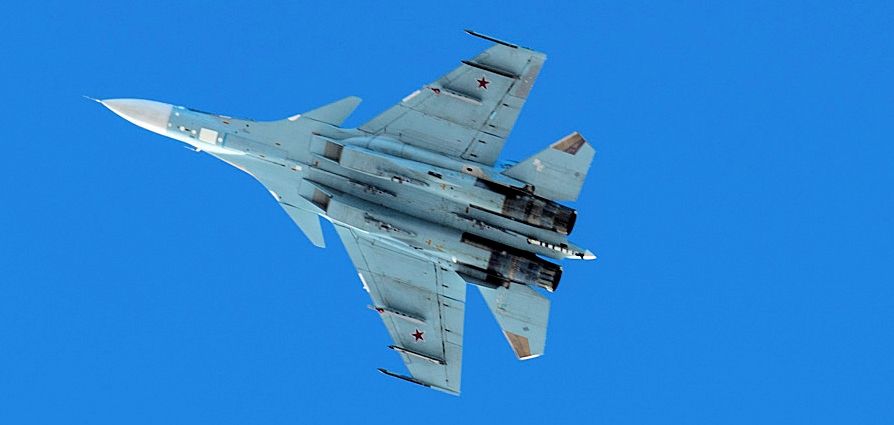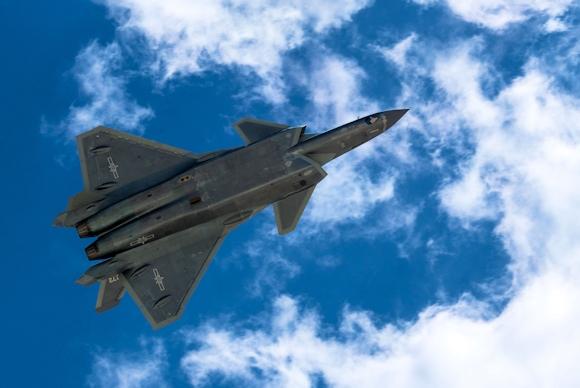While the F-35, in its various versions, is progressively coming into service in the Air Forces that have adopted it, the new Chinese 5 fightera CHENGDU J-20 generation WEILONG (photo) is already operational (a few dozen copies).
Despite the influence that Lockheed's program had on the design of the Chinese aircraft, the rapid timing with which it was put into service and information about the imperfect engine performance, it is believed that the J-20 still has limited operational capabilities , therefore it seems unlikely that in the medium term it will replace the older aircraft in line.
Beijing has two air forces: PLAAF (People's Liberation Army Air Force), which is ground-based aviation, and PLANAF (People's Liberation Army Navy Air Force), which is naval aviation for both onshore and offshore operations . Given the size of the two air forces it is almost impossible to aspire to a standardization of aircraft as it happens in the much more modest European aviation.
The Chinese strategy, inherent in the composition of its air forces, advocates a mixed model based on aircraft with high performance - with high costs - and a greater number of cheaper carriers.
 This last aspect is covered by a family of aircraft that are named in China Sino-Flanker, that is the SUKHOI Su-27 FLANKER fighters (the original in the picture on the right), according to NATO's terminology, and that Beijing deploys in the form of specimens purchased in Russia, produced under license or modified in China without authorization.
This last aspect is covered by a family of aircraft that are named in China Sino-Flanker, that is the SUKHOI Su-27 FLANKER fighters (the original in the picture on the right), according to NATO's terminology, and that Beijing deploys in the form of specimens purchased in Russia, produced under license or modified in China without authorization.
There is no doubt that the Su-27 represented a significant leap in quality for Chinese air power. 1998 billion dollars were invested in 2,5 Su-200SK production under license from 27, while aircraft deliveries purchased from Moscow were underway. In the summer of the 2002 the prototype of the national version J-11B (FLANKER-B +) was realized, with new IRST (InfraRed Search and Track), 147F Type radar, oxygen system of the OBOGS type, redesigned instrumentation in the interior, system of missile alarm (MAWS) with ultraviolet sensor and Shenyang WS-10A engines, the latter represented the weak link in the project, later replaced with more reliable turbojet engines.
After the start of production of the J-11B it became apparent that the Beijing program was to use the Russian FLANKER as a starting point for versions to be built in Shenyang without a license. The next evolution, the J-11D, was equipped with active scanning radar, a more powerful infrared IRST sensor, new digital flight control system, improved electronic countermeasures.
The genesis of the embarked version of the FLANKER is also interesting. Following the failure of the negotiations with Moscow for the purchase of the Su-27 / Su-33 (FLANKER-D), already in service in the Russian navy aviation, the Chinese secret services discovered that the prototype T-10K-3 of this version was in Ukraine and they bought it to use it as a model for a Chinese variant.
 The result was the J-15 FLYING SHARK (FLANKER-D +), whose first flight took place on 31 2009.
The result was the J-15 FLYING SHARK (FLANKER-D +), whose first flight took place on 31 2009.
The J-15A series version has been built in 24 specimens in single-seater configuration and operates on board the aircraft carrier LIAONING. The 4 November 2012 flew the J-15S two-seater version and in July 2016 was the turn of the J-15T, intended for use on board aircraft carrier with magnetic catapults, of future acquisition by the Chinese Navy. The next phase led to the creation of the J-16 RED EAGLE, the Chinese version of the Su-30MKK / MK2, with engines and avionics made in China, whose first flight took place in September 2012, followed by the production of a first batch of 50 aircraft.
In recent months there has been much talk of the J-20 as an alter ego of the F-35, however it seems that the backbone of the Chinese air force will still be based on the native FLANKER versions for a long time (pictured below the original. ..).

(photo: MoD People's Republic of China / MoD Russian Fed)












